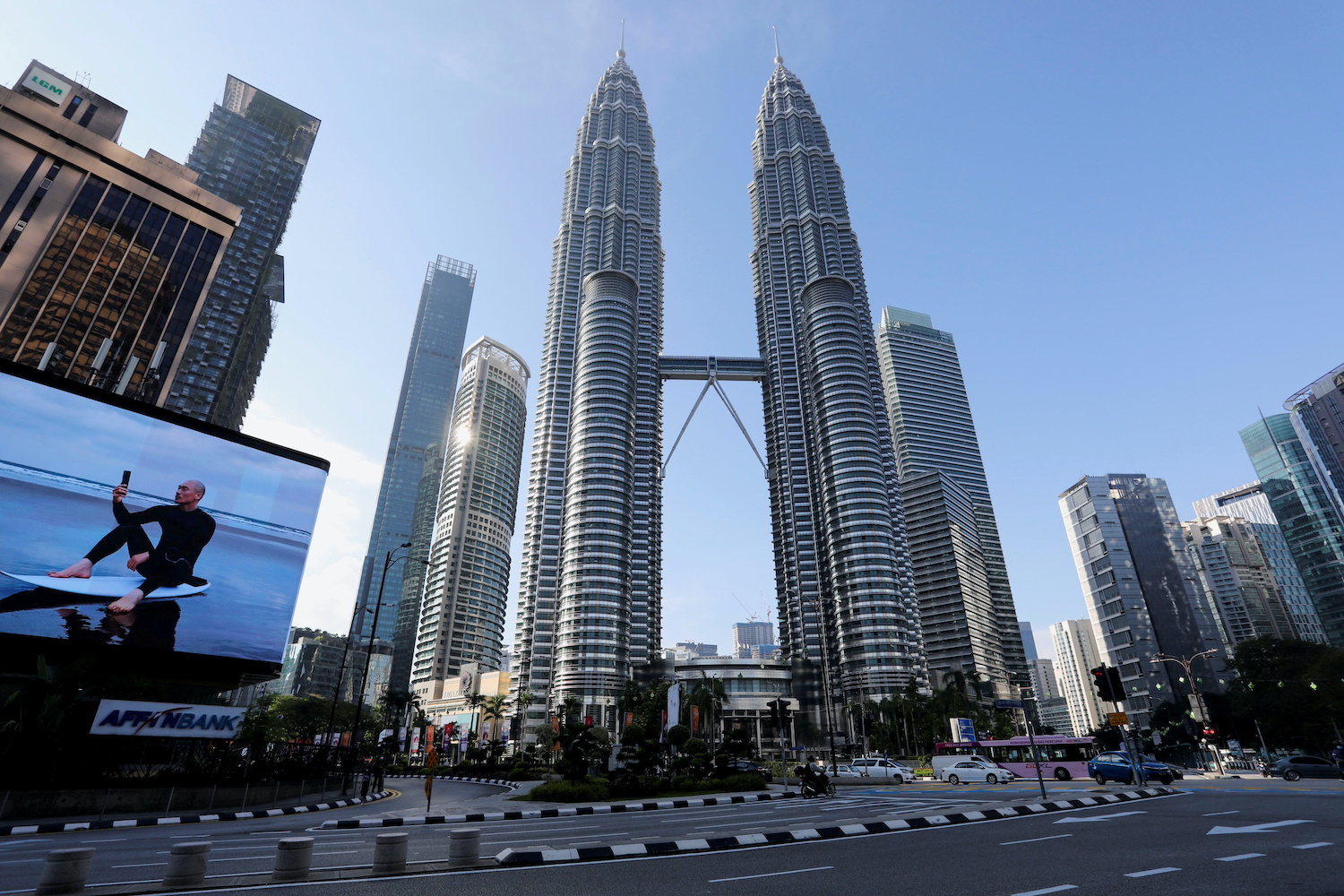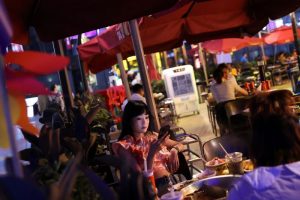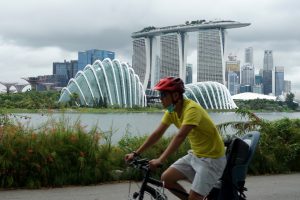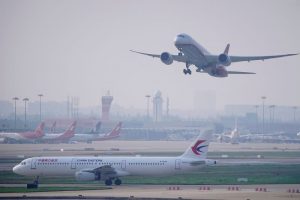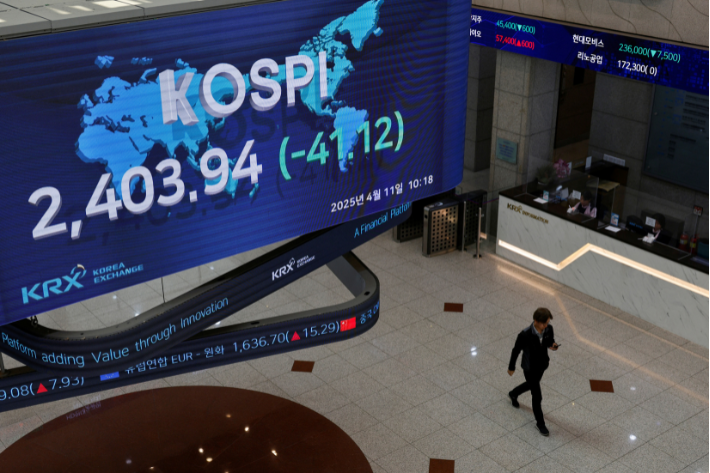Malaysia, Australia and New Zealand have been assessed as the Asia-Pacific countries best placed to reopen after Covid lockdowns and entry restrictions were imposed across the region over the past two years.
Oxford Economics said the three countries’ progress on vaccination, plus falling or low case numbers and relatively large tourism sectors were factors in them topping its scorecard.
“All three would also experience strong gains from an easing of curbs, given recent lockdowns,” Asia economist Sian Fenner wrote in a report on Tuesday.
She said there was a growing shift in the Asia Pacific region to treat Covid as endemic, partly because vaccination rates had been ramped up and countries were easing restrictions related to the coronavirus.
Malaysia was rated ‘top reopening contender’ of the 14 economies it examined due to its high vaccination status and the economic cost of strict lockdowns.
Australia, New Zealand, Korea, Japan and Singapore also scored highly on vaccination rates, which it said were crucial to allow reopening for high-contact sectors.
Japan and key Australian states had relaxed measures on retail, recreating and dining.
Emerging market economies in the region such as Vietnam, Indonesia, India and the Philippines weren’t doing as well on vaccinations, but several of them had announced plans to reopen their borders.
Thailand had also announced quarantine-free travel for fully-vaccinated tourists.
Impacts from China Policy
There were strong economic reasons for Thailand and the Philippines to also ease limitations, she said, “given their dependency on tourism and the mounting economic cost of restraints”.
However, there was less pressure on China on report, despite its high vaccination rates and low case numbers. “The strength and size of the domestic economy means there is less pressure to reopen,” the report said, adding that “we expect China to stick to its zero-Covid policy until the second half of 2022 at least”.
China’s zero-Covid policy was also seen as a negative for its neighbours, as the sheer number of Chinese tourists mean they make a substantial economic contribution to countries such as Thailand.
India, meanwhile, ranked low in the assessment partly because “the country is well ahead of the region, as there are already now very few constraints in place”.
“Given the economic costs of restrictions, we expect policymakers will prioritise restoring normalcy as quickly as possible. But until vaccination rates reach 80%, which we expect in H1 2022, the pace of reopening will be gradual, and a retightening of restrictions can’t be ruled out if hospitals become overwhelmed.”
Fenner noted that the scorecard did not assess policymakers’ tolerance towards the coronavirus. Singapore and New Zealand both had low political and public tolerance towards Covid, which meant they would take longer to return to normal.
But New Zealand was likely to pass its high vaccination target of 90% of people over 12 years of age next month.
Oxford expected that lifting of constraints and a resumption of domestic tourism would boost consumption and that services such as accommodation and dining would underpin above-trend GDP growth next year, even in countries such as Thailand and the Philippines, where the easing of restrictions could be more gradual.
However, the group did not expect international visitors to return to pre-pandemic levels until 2025, partly because of consumer hesitancy in the short-term and China’s quarantine requirements for returning travellers.
The latter factor “is one of the reasons why we expect Thailand to experience significant economic scarring from the pandemic,” Fenner said.
• By Jim Pollard
ALSO SEE:
Asia Reopens To Tourists But Without Covid-Grounded Chinese
Qantas Bookings Surge as Australia Reopens




